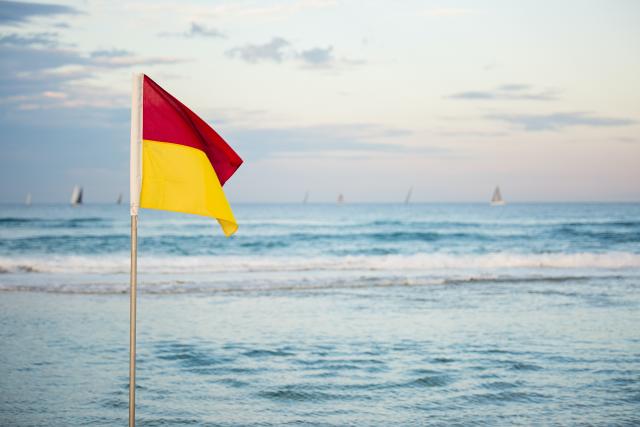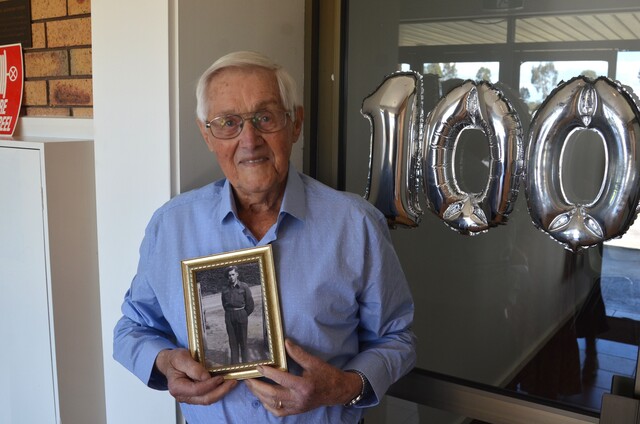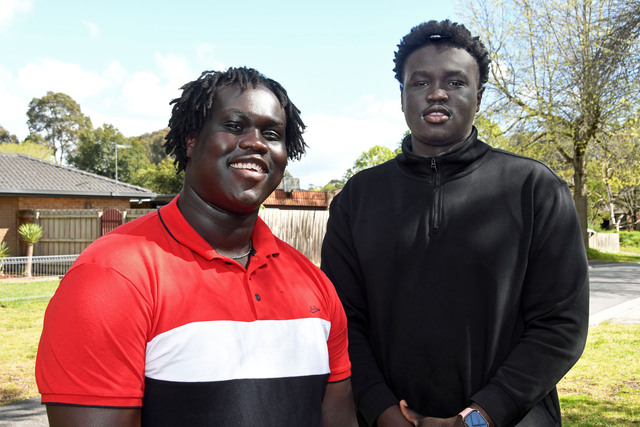With predictions of a long, hot summer, research from the Royal Life Saving Society Australia in partnership with Surf Life Saving Australia has prompted urgent calls to keep water safety top of mind when planning a day in, on or near the water.
The National Drowning Report 2023 released by Sport Minister Anika Wells found there were 281 drowning deaths over the past 12 months, which is 17 per cent lower than last year, and returns the annual drowning toll closer to pre-pandemic levels.
The National Drowning Report 2023 found 6 per cent of drownings were children under 5 years of age (16 deaths), down by 33 per cent on the 10-year average, 57 per cent were adults 45 years or older (160 deaths), 44 per cent occurred in coastal environments (125 deaths), 75 deaths were at beaches, 33 deaths in the ocean or harbours, and 17 deaths were off rocks.
The report found 37 per cent occurred in inland waterways (103 deaths), 76 deaths in rivers, 27 deaths were in lakes, 10 per cent occurred in swimming pools (29 deaths) and 13 deaths were in backyard pools.
While the overall decline in drowning deaths has been welcomed, the growth in drowning deaths in every age group over 45 has worried water safety experts.
Royal Life Saving Society Australia chief executive Justin Scarr said drowning prevention efforts were saving young lives with a 33 per cent decrease in drowning deaths in children aged zero to four years old compared to the 10-year average.
“Royal Life Saving urges against complacency. With summer approaching, pool owners should check that their pool fence is in good working order, remember to constantly keep watch when young children are around water, and avoid distractions like mobile phones” he said.
“We urge men to make the right call, and avoid alcohol and drugs around water, check the conditions and avoid over-estimation of swimming ability. Older adults should understand the potential impacts of other medical conditions and medications on water activities including swimming and boating.
“Royal Life Saving continues to be concerned about declining swimming and water safety skills among children, and adults more generally. The impacts of missed lessons throughout the COVID-19 pandemic will have generational impacts on safety if left unaddressed.”
Surf Life Saving Australia chief executive Adam Weir said 66 per cent of the coastal drowning deaths occurred more than 1km from a Surf Life Saving service, as people continue to seek out more secluded swimming spots instead of swimming between the red and yellow flags.
“Drowning deaths in coastal environments including beaches, ocean/harbour locations, and off rocks decreased by nine per cent compared to the previous year, although sadly there were 125 coastal drowning deaths recorded, three per cent above the 10-year average,” he said.
“Rip currents are the number one coastal hazard and are a contributing factor in almost a quarter of coastal drowning deaths. Tragically, there was a significant increase in bystander rescuer drowning deaths, and drowning deaths at beaches were 29 per cent above the 10-year average.
“Surf Life Saving is appealing for the public to understand their limitations and swim at patrolled beaches between the red and yellow flags, with these locations available on the Surf Life Saving BeachSafe App.”
Ms Wells said the Australian Government was determined to support organisations like Royal Life Saving Society – Australia and Surf Life Saving Australia to raise water safety awareness, ahead of summer.
“With very hot and dry conditions forecast this summer, water safety should be top of mind. I urge all Australians to always supervise children around water, learn swimming, water safety and lifesaving skills, wear a lifejacket when boating, and rock fishing and to swim at a patrolled beach between the red and yellow flags,” she said.
“Enjoying a swim has so many benefits for people of all ages, especially older adults. Some simple precautions, like having a medical check-up to ensure you are swim fit, or going to the local swimming pool to refresh your skills is a great idea ahead of the expected hot summer.”
Although 59 per cent of people who drowned lived in major cities, those living in outer regional, remote, and very remote areas are almost twice as likely to drown. Those from disadvantaged areas are also more likely to drown than those from advantaged areas.
Royal Life Saving Australia and Surf Life Saving Australia are preparing for summer, including bringing forward campaigns, resourcing lifesaving services and working with councils, and community groups to promote safety around water.
Royal Life Saving Australia and Surf Life Saving Australia advise people to: always supervise children in, on and around water, learn swimming, water safety and lifesaving skills, wear a lifejacket when boating, rock fishing or paddling, swim at a patrolled beach between the red and yellow flags, avoid alcohol and drugs around water and check the conditions, including weather forecasts.







